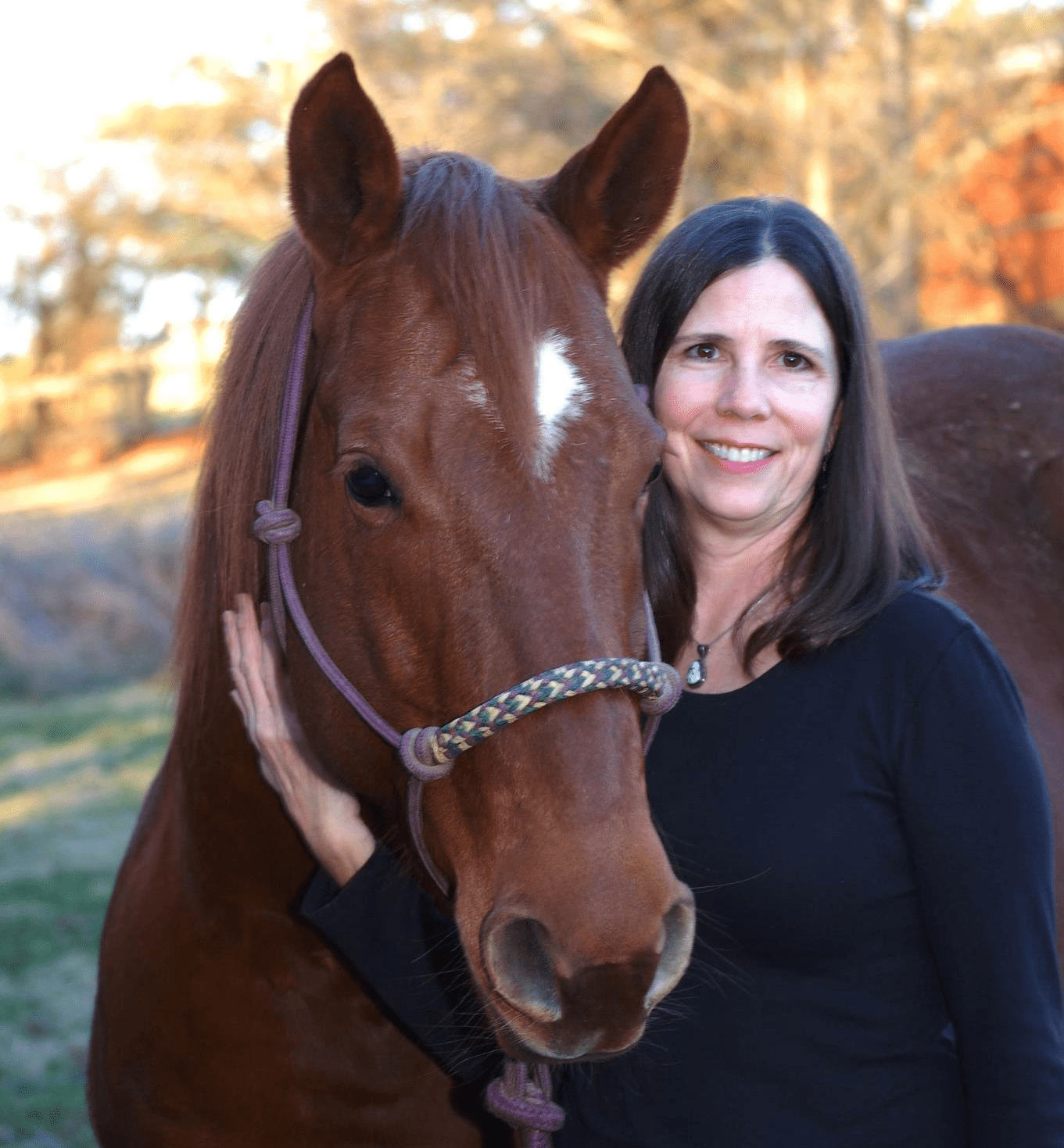Compounding Roundtable Transcript
Following is the transcript of the Roundtable Discussion on Compounding for the Equine Veterinary Profession sponsored by Luitpold Animal Health and held in New York on Aug. 30. In attendance were Gary White, DVM (Luitpold Pharmaceuticals, who acted as moderator); C. Wayne McIlwraith, BVSc, PhD, FRCVS, Dipl. ACVS, ECVS (representing the American Association of Equine Practitioners); Richard












